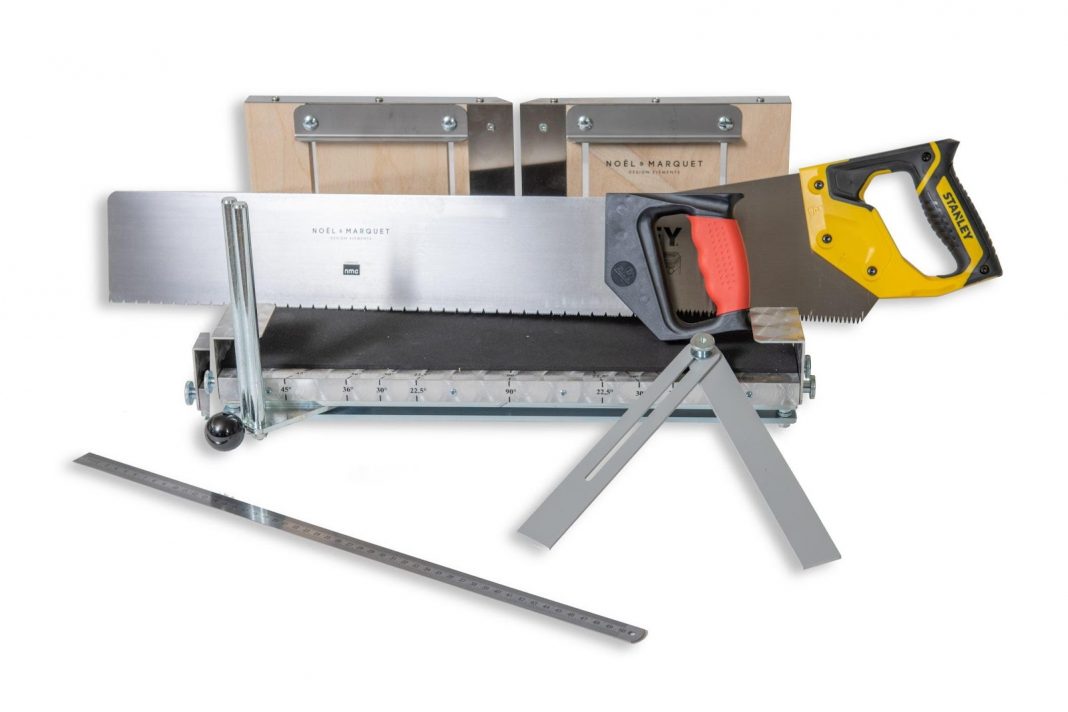GD America offers a wide selection of diamond blades for wall saws with laser welded segments or silver welded segments, both with standard diamond or positioned diamond.
The diamond blade for wall saw with laser welded segments is undoubtedly the best choice, as it allows a high performance cut and avoids any possible detachment of the segment from the metal part.
Regarding the diamond blade for wall saw blade with silver welded segments, the difference between these two types of blades is that the diamond blade for wall saw with positioned diamond has superior performance, higher cutting speed, better precision and longer life compared to to the standard diamond cutting disc. Click on the links below to visit the pages on our wall saw blades: Laser welded diamond wall saw blade Welded diamond wall saw blade in silver with standard diamond
Production of diamond blades for wall saws
Available diamond blades for wall sawfrom diameter 600mm to 1600mm with segments of different sizes and thicknesses, for standard cutting, pre-cutting and mixed cutting.
If you wish to receive more information about our diamond blades, you can contact our local dealer or call our office telephone number(714) 854-9600
- Sale Diamond Blades for Wall Saw
Diamond blade for wall saw, diamond blade for wall saw, diamond blades for wall saw, sawing, cutting reinforced concrete, Cuts Diamant
Depending on the use you want to make of it, you will have to select your circular saw blade according to five criteria: the number of teeth, the pitch, the indentations, the bore of the blade and the angle of attack.
Selection criteria
Here are the elements to consider in making the right choice: The number of teeth (generally between 10 and 80) will determine the finish obtained. The more teeth on your circular saw blade, the better the finish will be. The pitch, ie the space between each tooth, is the indicator for chip evacuation. The wider it is, the better the chip evacuation will be. Be careful though, the wider the pitch of your circular saw blade, the more you lose cutting quality. Notches allow the metal to expand under the effect of heat without having any deformation effect on your tool. For difficult work, opt for substantial indentations: they reduce vibrations and sawing noise. The blade bore is the central hole through which the blade is held during work. Finally, the angle of attack. Either the toothing is leaning forward, in which case it is positive, or the reverse. At negative angle it will not be used on the circular saw but on a radial or miter version. At Berner, we’ve made it easy for you to choose by color coding and marking based on the type of work the blade was designed for.
- Choose Your Circular saw Blade for Wood
The Wood line range includes items for sawing soft or hard wood, melamine, laminate, chipboard, particleboard and plywood. Depending on the nature of the material and the expected rendering, the specificities of each wall saw blade will be more or less suitable. The ideal cut will depend on the quality of the tool as well as the quantity and geometry of the teeth. The tungsten carbide blade that we mostly offer on our site is ideal for sawing all types of wood. Carbide blades are more and more used because they are extremely robust and have an excellent duration over time. Whether you want to cut softwood or hardwood, a carbide blade will make your job faster and cleaner. In this range you will find standard blades for everyday work, superior quality “tops” and “premium” blades with astonishing longevity. How to find exactly the circular saw blade that meets your needs!
Beyond the circular saw blade intended for cutting wood, we have also designed a Metal line range and another Combl line. The is versatile and can cut different materials.

